Top Photo: It’s carapace to carapace as sliders enjoy the warm sunshine.
After days of either brutally hot temps or pouring rain the wetland’s sliders were out with the sun on a rather cool (relatively speaking) dry day. it was double digit turtles on the floating platforms placed in the pond specifically for that purpose. Both platforms were utilized.
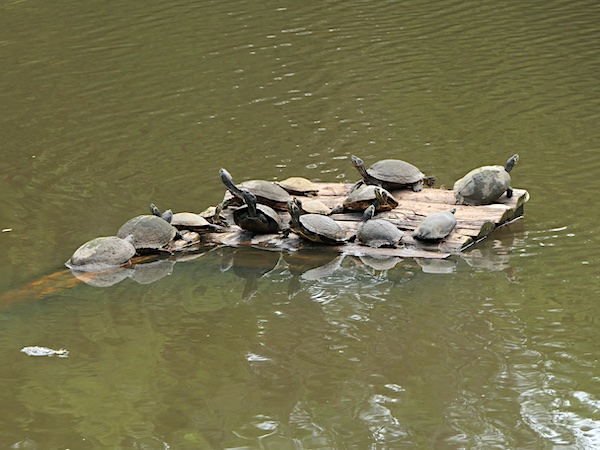
Green anoles were taking advantage of the change in the weather to mate. This pair was on a wooden bench in the garden next to “Hops and Vine.”
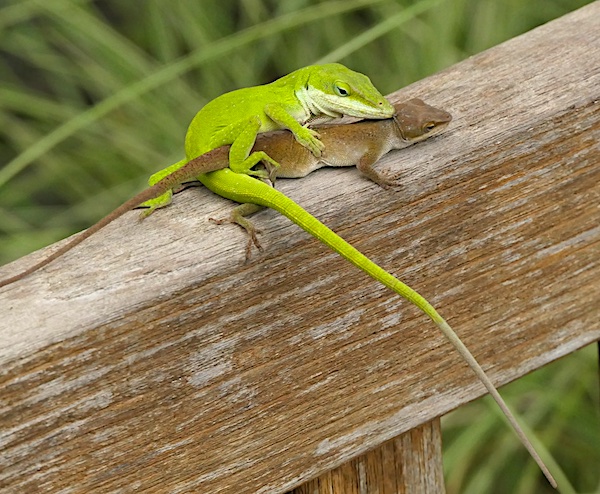
It’s not unusual for the male to tightly grip the female’s nape or back of the neck during copulation. There are several suggested reasons for this behavior including securing the female for mating, a tactile signal indicating readiness for mating, and prevention of competing males from interfering, among others. Securing the female seems most likely.
Also, this neck-biting may help in keeping one’s balance while engaged in the behavior. Many species of mammal, bird, snake and lizard have been recorded neck-biting while mating.
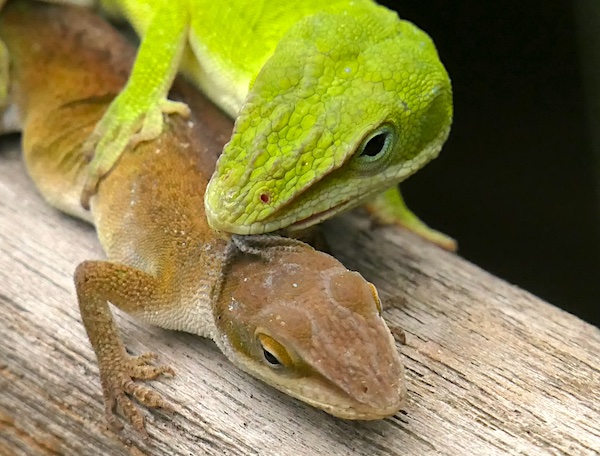
Afterward, it’s back to normal.
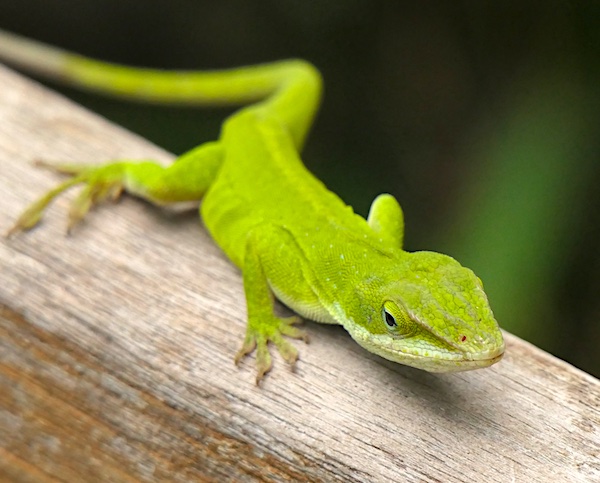
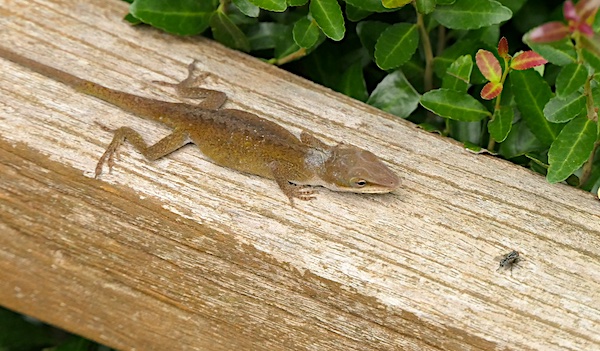
In Catch the Wind I saw a handful of orange striped oakworms crossing the pavement in search of a secure location for pupating over the winter. Most years there are many of these common moth larvae coming down out of the oak trees in front of Into the Mist and Earth Moves in late July and early August. This seems to be an off year for the moth. The oaks won’t mind a break from the voracious, gregarious caterpillars.
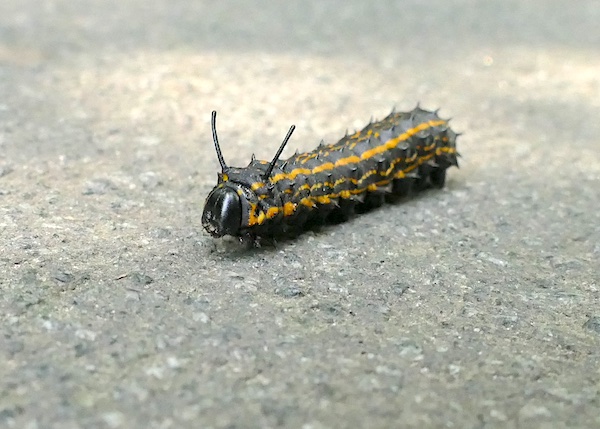
The moth larvae run the risk of being stepped on as they cross the path. They’re also susceptible to predation. But even though I’ve read they’re not toxic to birds, I’ve never seen birds feeding on them. Feeding in the masses that the caterpillars frequently deploy, and as vulnerable as they are as they cross the path, they should be easy pickin’s. Odd that I don’t see birds feed on them. I suppose, though, there’s a lot that escapes my eye out in the wild.
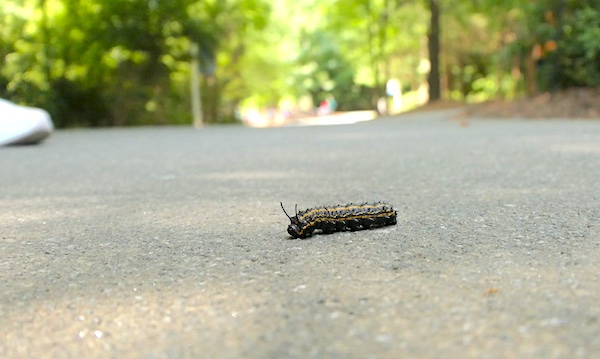
They’re looking for safe places to overwinter. They burrow into the soil and spend the fall and winter as pupae. The following spring they will emerge from their pupal stage as adults, orange moths with a white spot on the forewings.

Ranger Greg